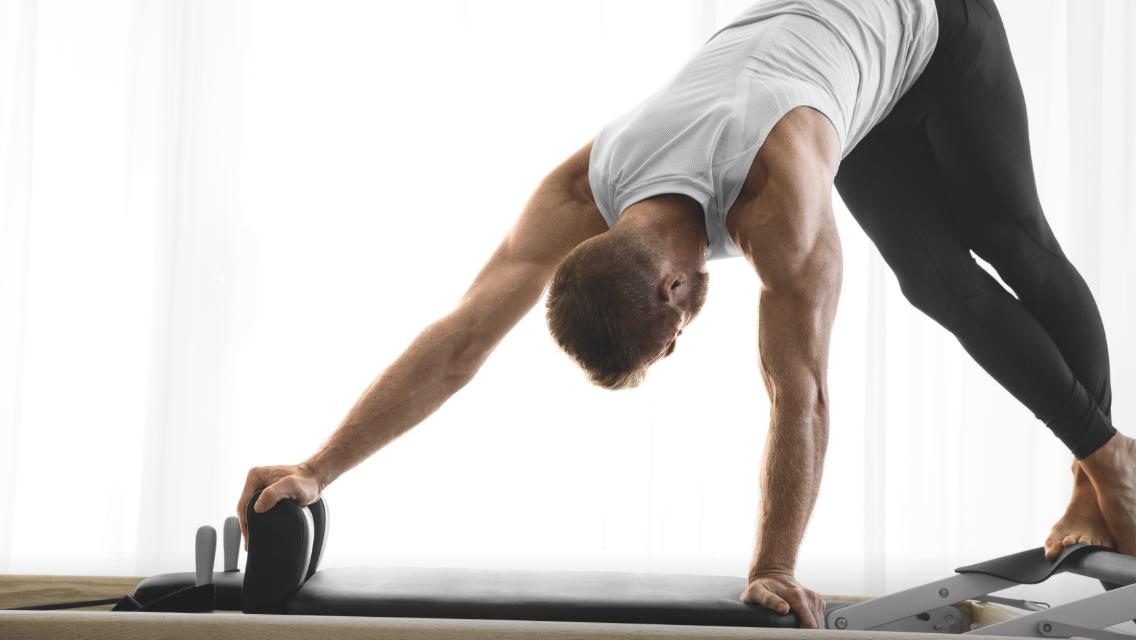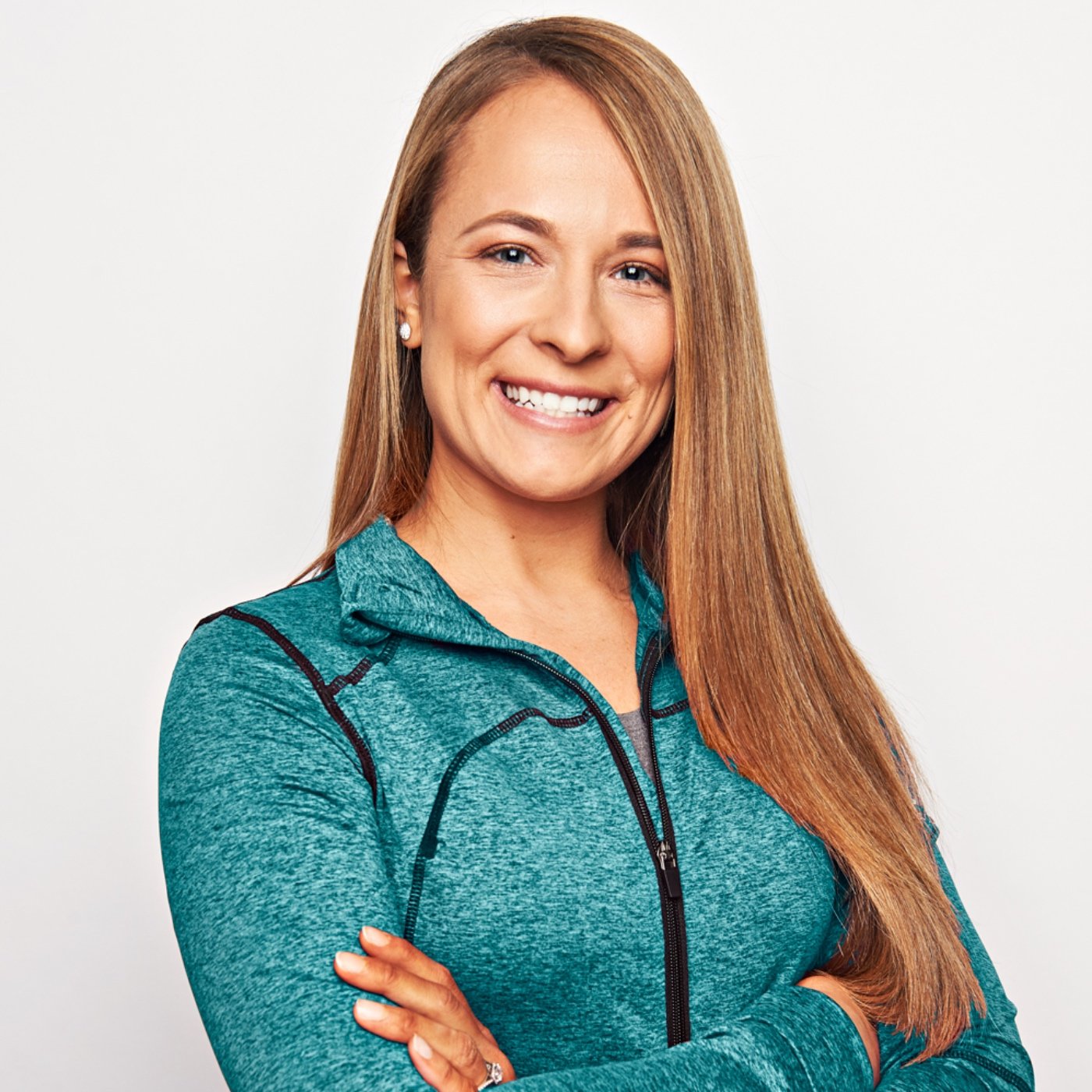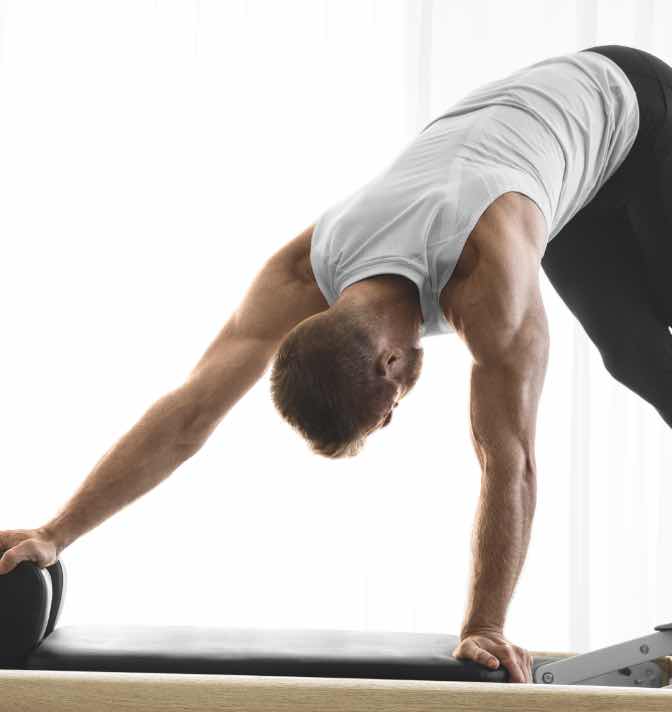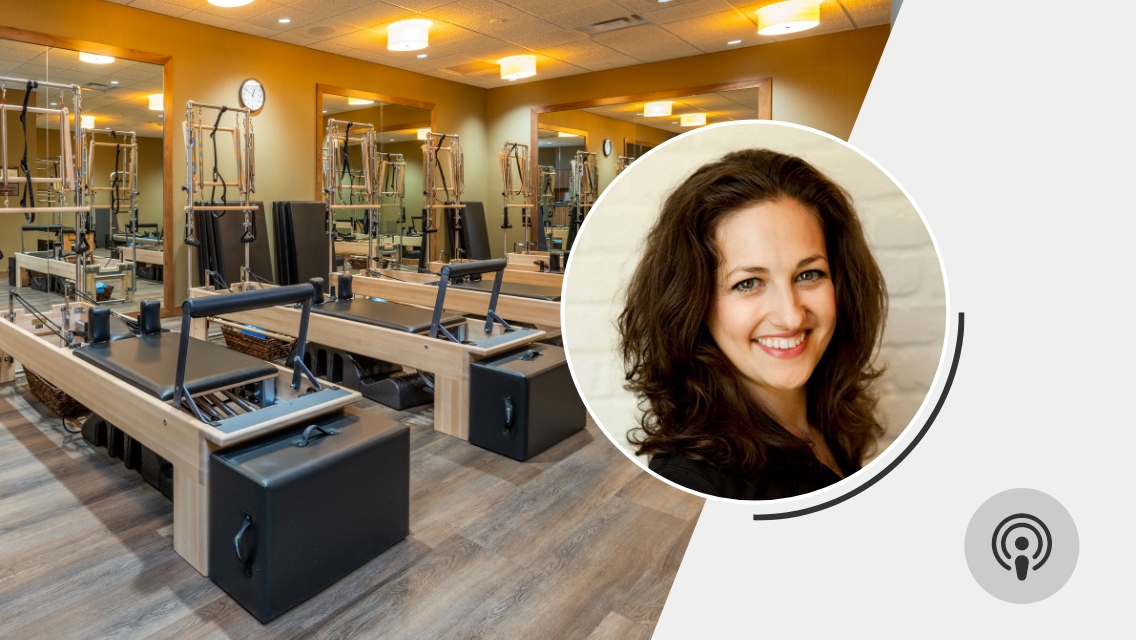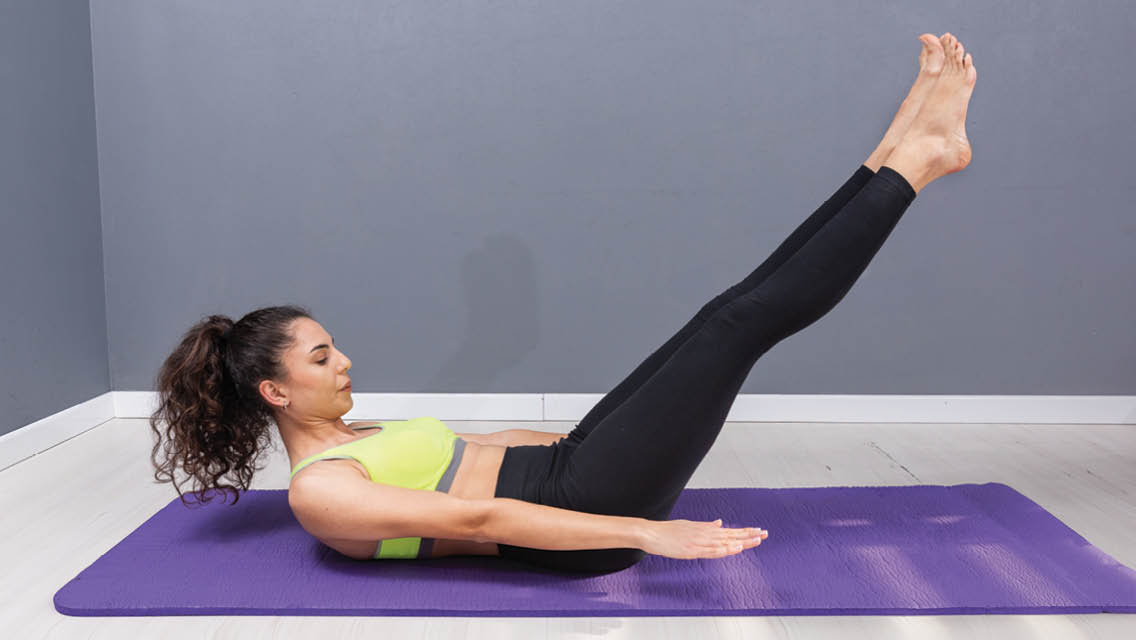When it comes to exercise, there are a lot of opinions on what type is the “best.” Whether your preferred approach is HIIT training, Olympic-style lifting, or endurance running, one concept reigns true:
The most efficient workout routines, regardless of your goal, are the ones that include a combination of strength work, aerobic training, functional movement and mobility exercises, and recovery efforts.
While different goals require varying emphasis on certain components, each piece plays an important role. However, from my experience with clients (and many times particularly with male clients), there’s often a pervasive “no pain, no gain” mentality when it comes to training. As a result, functional movement, mobility, and recovery are components that often fall to the wayside.
A Word on Recovery
The progress you make from any exercise program hinges on how well you recover in between intense sessions. Doing so properly involves adequate, quality sleep, plenty of protein and healthy nutrition to refuel, and strategic active recovery sessions.
Common signs of poor recovery include lack of progress, frequent injuries, and aches and pains.
Read more here: “Fitness Recovery, Defined”
Why Pilates?
Pilates is well-known for its muscular strengthening and toning benefits. However, many may not realize the power it can have toward functional movement, mobility, and recovery when incorporated into a regimen.
“Pilates mobilizes the entire body,” says Kathryn Coyle, Peak Pilates master instructor and advisory board member and the Life Time Training leadership development manager. “It’s a movement system that retrains our neuromuscular pathways to help change the way we move in our day-to-day lives.”
And because Pilates is something that requires higher effort than, say, foam rolling, and you’re often attending a class to do it, people can be more likely to prioritize it and less likely to miss those important components of their training plan.
What does Pilates help with?
The benefits of a regular Pilates practice are far-reaching. Not only can it provide you with the stability and functional movement patterns to help perform better in exercises like squats and deadlifts, but it also helps build overall endurance and stamina.
In addition to its fitness benefits, nowadays more and more people have desk jobs and develop imbalances from sitting all day. Theresa Barone, Pilates operations manager at Life Time, emphasizes that Pilates can help mitigate some of these negative effects. If your body is sending you any of these signals, Pilates may be able to help bring you back into balance:
- Stiffness when getting up in the morning
- High stress from a fast-paced job
- Struggling to keep up with kids’ activities and difficulty getting up and down off the floor
- Pain points or tension interfering with golf, tennis, skiing, or other hobbies
- Tension in your back during deadlifts or in your neck during a chest press, bench press, or lat pulldown
- Inability to squat deeply
- General feeling of chronic physical discomfort
- Being tall in height (gravity adds more stress to postural muscles)
- Having a top-heavy body shape, carrying more mass in the chest, back, and arms compared to the lower body
Notably, Barone and Coyle also emphasize how powerful Pilates is as a stress-management tool. “It really puts you in a parasympathetic, rest-and-digest state that many people have trouble with,” says Barone.
Coyle agrees, “Pilates forces you to focus on what you’re doing in the moment and serves as a break from everything else.”
How does Pilates work?
Coyle explains that “Pilates is a system of exercise designed to train the entire body as a unit from the core out.” She says that it can be an easy entry point for those with orthopedic issues, but it can also challenge elite athletes. The equipment is specially designed to assist movements for the novice, but as you get better, it serves to add resistance and make it more challenging.
Barone adds, “The springs used are a unique way to keep your muscles under tension through an entire range of motion, supporting stability in your body and increasing flexibility and range of motion in your joints.”
Coyle and Barone both say that Pilates directly addresses tightness, flexibility, posture, and core strength. “It truly is an integrated system, and it uniquely trains your body to work both large muscles and often under-utilized small muscles, so your entire body is more functional,” says Coyle.
Barone explains, “If you look at the concepts of kinesiology, true power and strength comes from the ability to stabilize and activate your core properly.”
Barone recognizes that for those who are not familiar, the special equipment used outside of a traditional mat, such as the Pilates chair, reformer, and large tower structure, might look weird, but says “there’s really nothing else like it.”
Pilates Versus Yoga
When it comes to recovery in particular, many people think of Pilates and yoga in the same category. While there is some overlap in benefits, there are distinct differences between the two.
“Pilates and yoga are like apples and oranges,” says Barone. “They’re both fruit, but they’re still different from each other.”
One outward and noticeable difference is that Pilates uses equipment. Coyle also points out that, unlike traditional yoga practices, Pilates does not include a spiritual component.
“If you’ve tried yoga and decided it wasn’t for you, don’t write Pilates off,” says Coyle. “And if you’ve been curious about Pilates and you do yoga, you very well may love Pilates too. But they’re not the same thing.”
Why might some men be resistant to try Pilates?
Due to some historical ties to ballet, certain styles of Pilates training include moves that may feel or look like dance, which some men might be more likely to be hesitant to do.
However, Coyle points out that those styles are different than classic Pilates in its original form. In fact, Joseph Pilates, who created this system in the early 1900s, at the time considered Pilates to be “men’s exercises.”
Pilates was a boxer and wrestler who had so much muscle that he worked as an anatomy model. When he fled Germany because Hitler wanted him to train the army, he started his Pilates practice in New York. He shared office space with the New York City Ballet, and after he died, a ballerina took over his practice.
More recently, Barone points out that certain celebrities such as Miley Cyrus and Kate Hudson have shared openly about their Pilates practices, which may add some Hollywood stigma. But she also calls out that LeBron James and many other athletes in professional sports, such as those in the NFL and NBA, use Pilates as a tool to prevent injury from explosive movements on the field or on the court through deep core activation.
Obviously, athletics and sport competition are not specific to men. However, highlighting the benefits of Pilates and its ability to uniquely activate the core to optimize sport-specific activities such as shooting a free throw, swinging a golf club, and throwing a fastball can help bust the myth and hesitation that some men share in thinking that Pilates is not of use for them.
Both Barone and Coyle have witnessed countless success stories of male Pilates clients. Barone recalls one client who was suffering from a significant back injury from a cycling accident who, after a year and a half of Pilates work, has gone from modifications and regressed movements to advanced ones, is free of regular pain, and can run around with his grandkids. “He’s so excited about his progress that he shared that he recently showed off his pushup skills at a party,” Barone says.
Coyle shares that she had a 41-year-old client who is a lieutenant colonel in the Army and tested in the top 95 percent in the Army’s physical fitness test, but became injured resulting in pain and range of motion limitations. “It felt devastating to him,” says Coyle, “and so he was willing to give Pilates a shot.” After three months of Pilates, he was shocked. Not only was he back out with the troops, but was hitting personal bests in his lifts as well.
Tips for Getting Started
The goal of your first experience with Pilates is to get familiar with the equipment, understand how Pilates works, and determine what level of support will be best for your goals moving forward.
If you’re ready to try Pilates for the first time, Barone and Coyle share their top advice for what’s helped their male clients:
- Expect a learning curve. Barone shares an important reminder: “Everyone who comes and tries Pilates has never done Pilates before, and no one knows what they’re doing at first. That’s not only OK, it’s expected.”
- Wear bicycle shorts or compression shorts. Since Pilates moves will place you in various positions, this will help prevent you from having to adjust your workout attire throughout the session.
- Find the right instructor. Coyle shares that most of her male clients have preferred a very direct, athletic coaching style. “Just like you need the right chiropractor or hairdresser, find the right instructor,” says Coyle. “Don’t write off Pilates from one experience.”
- Plan for homework. Both Coyle and Barone say that their most successful Pilates clients diligently followed their recommendations of what to do between sessions.
- Try different formats. “Trying out Pilates in a large group format is a great way to get exposed to Pilates without commitment,” says Barone. However, she underscores that for those who have specific goals, considering a smaller group setting or one-on-one sessions to get the right level of customization may be the most beneficial. It’s best to give different settings a shot to see what works best for you.
